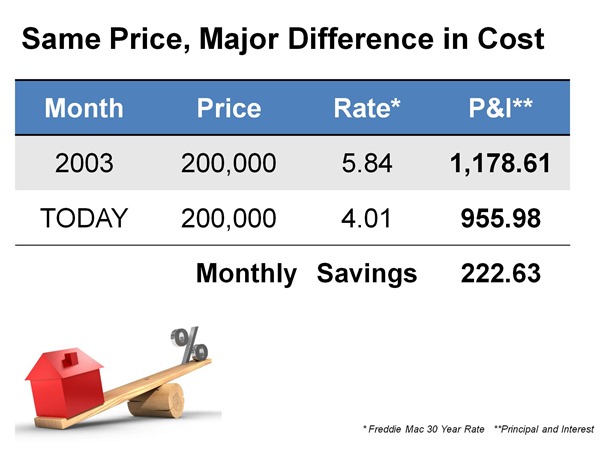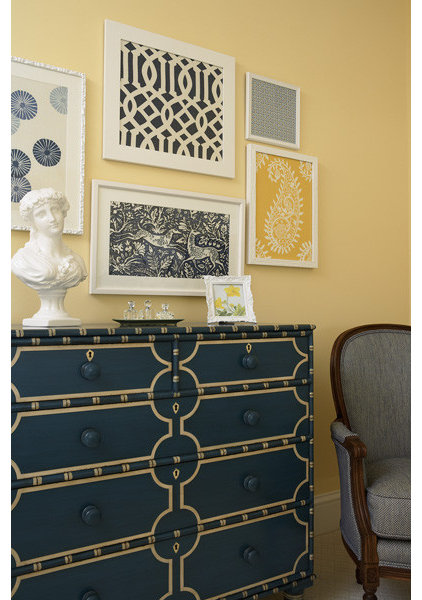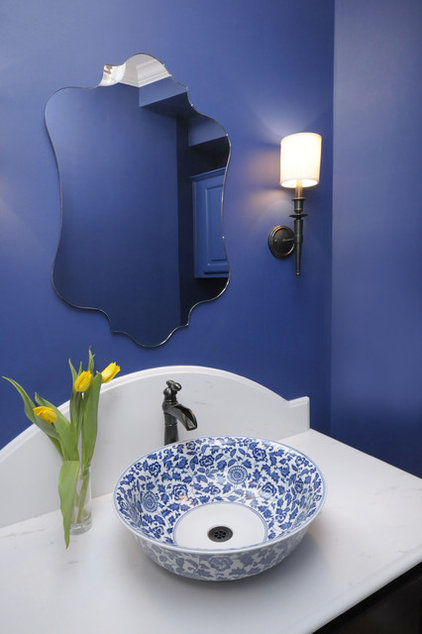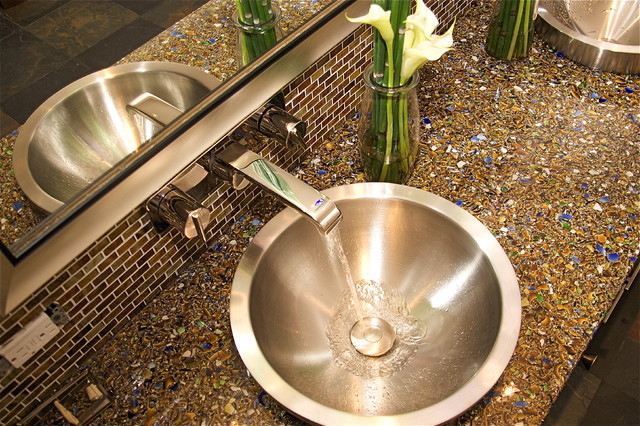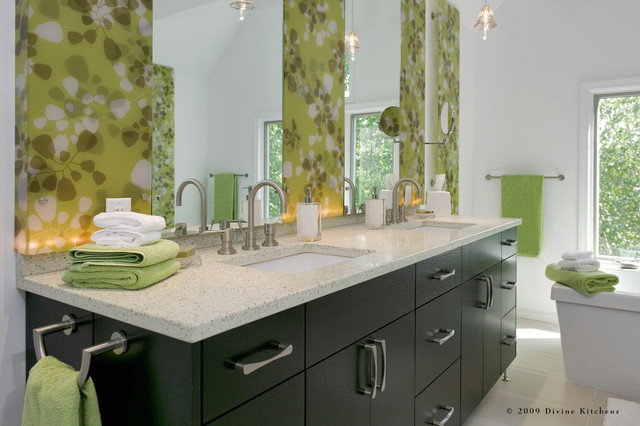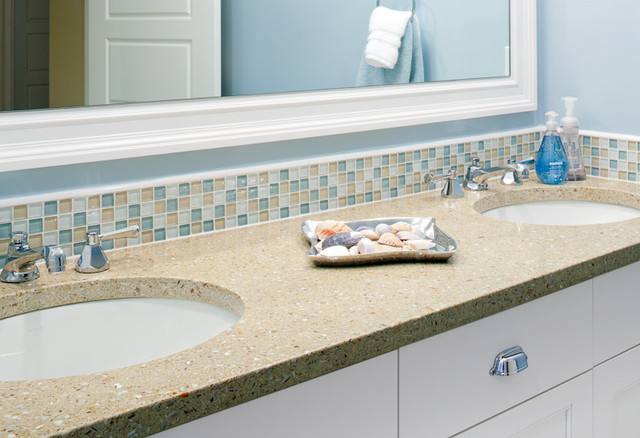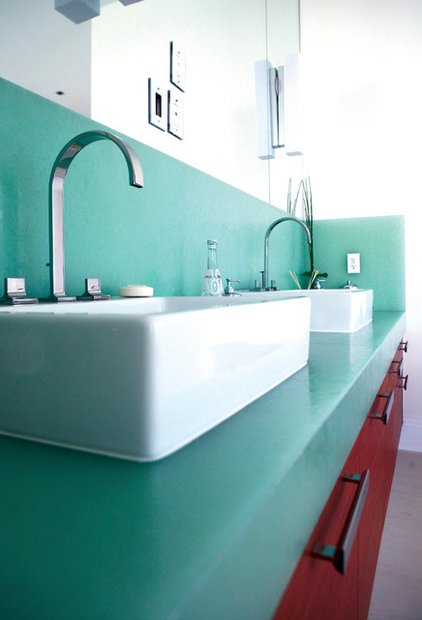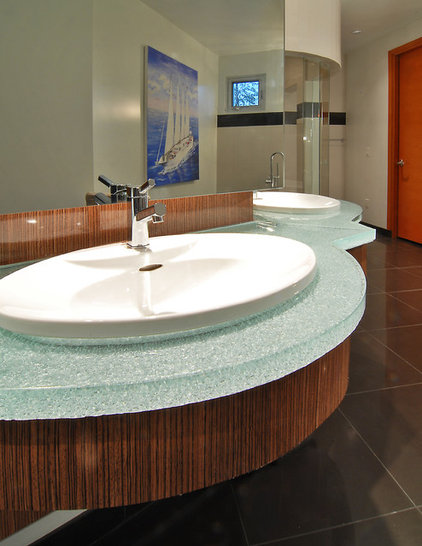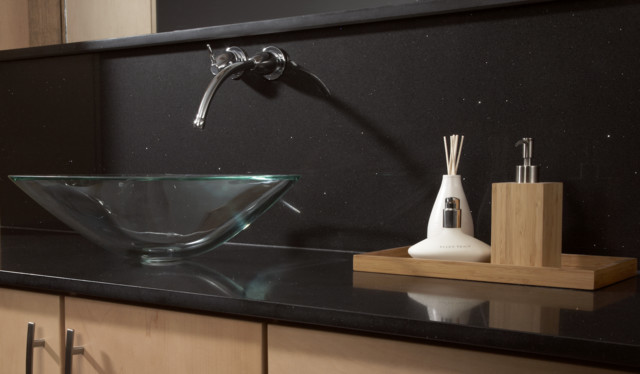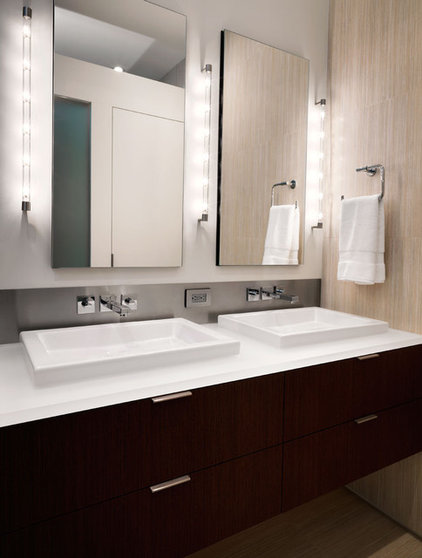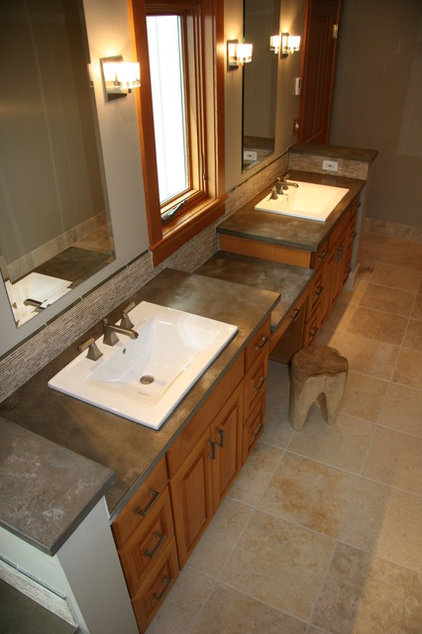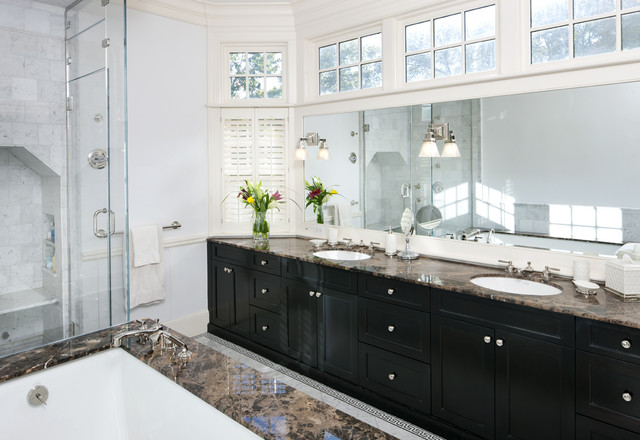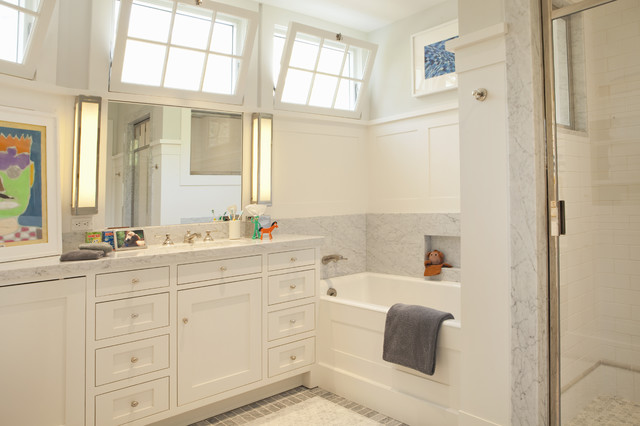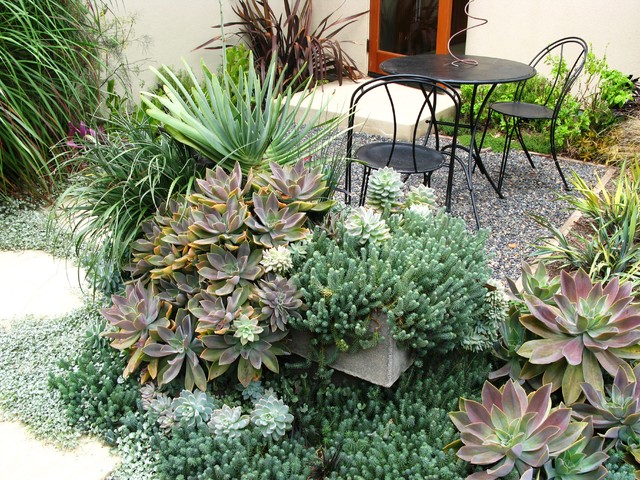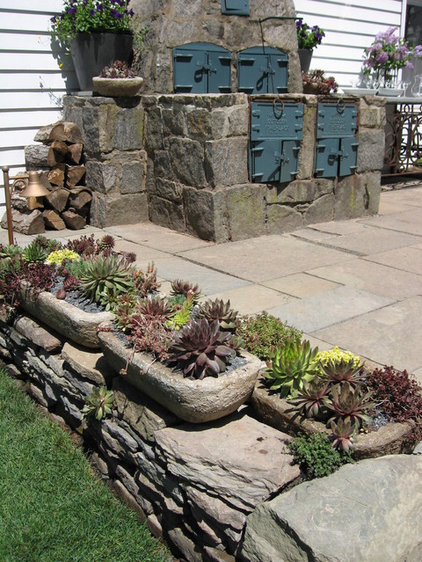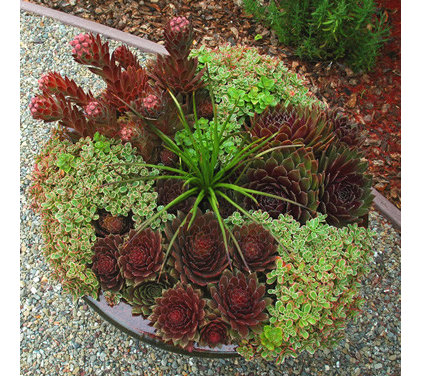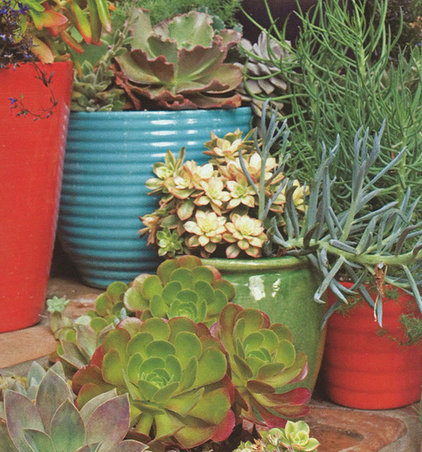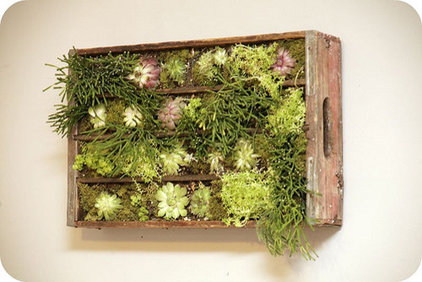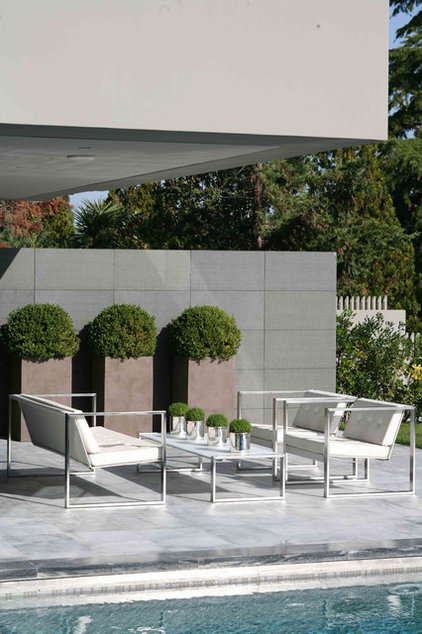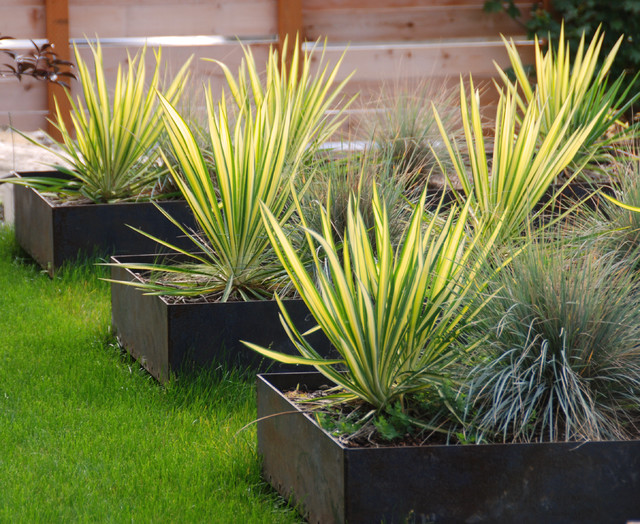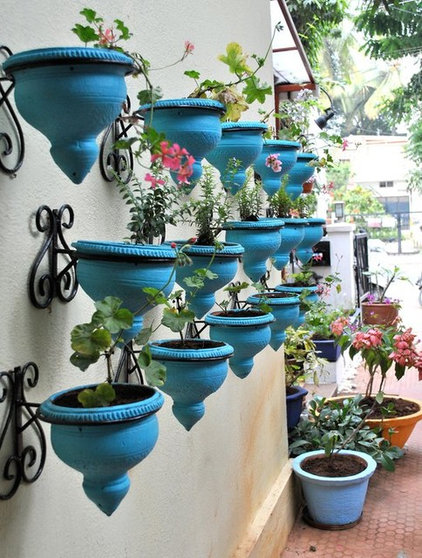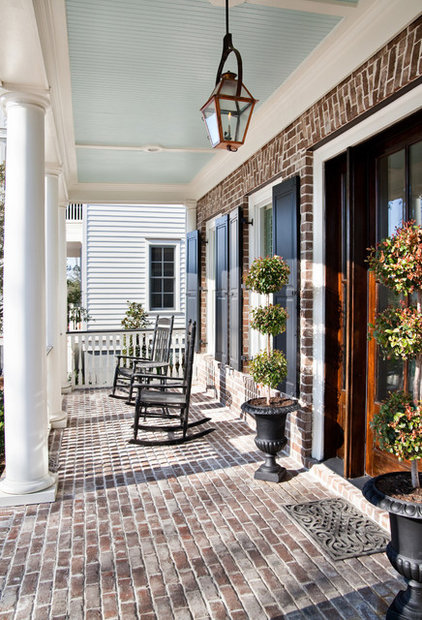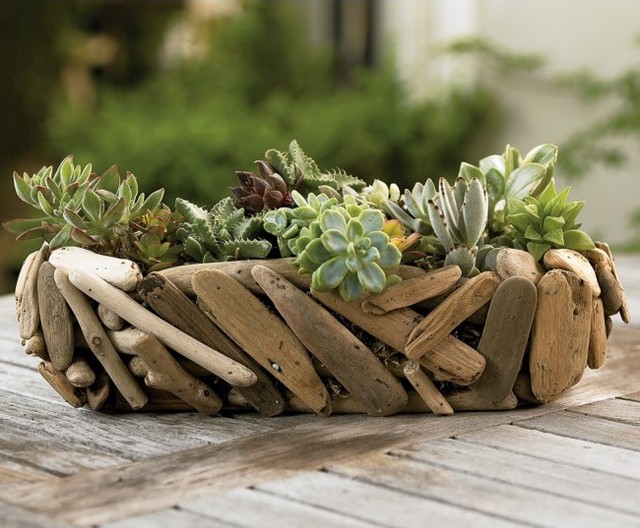 With all the talk about housing prices, here’s a simple look at what has happened to housing cost. The cost to buy/own the same house has become substantially more affordable.
With all the talk about housing prices, here’s a simple look at what has happened to housing cost. The cost to buy/own the same house has become substantially more affordable.
Archives for July 2012
Same price major difference in cost
How to Work With a House Painter
A professional house painter may be your best friend for refreshing rooms. Here’s what you need to know to get the best result
Although painting is one of the most DIY-friendly jobs, there are times when you’ll want or need to hire a pro. Here’s how you can ensure a tip-top experience.
What a house painter does: In addition to painting surfaces of all kinds, painters prep those same surfaces (stripping wallpaper, sanding wood etc.), source and purchase materials, provide input about colors and finishes and, in many cases, supervise crews. Some handle specialty finishes such as a Venetian plaster or rag-rolled effect.
When to hire one: Hire a painter for interior and exterior painting jobs you don’t want to handle or that are too tricky for an amateur to tackle.
What it will cost: Rather than an hourly fee, most painters charge according to surface area and the level of skill and work involved. Prices vary widely, but in general, labor will cost between $2 and $4 per square foot for a basic paint job. Paint itself costs $15 and up per gallon, depending on the brand and finish, and other supplies such as tape and rollers add to the bottom line too.
Ready to start? Keep the following suggestions in mind.
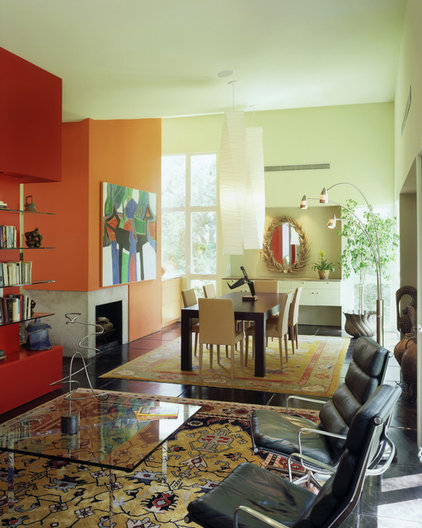
Make preliminary decisions up front. The process will go more smoothly if you go into it with ideas about your preferred colors and finishes and know exactly which surfaces you want painted. Be aware that paint colors almost always look slightly different in print or on a computer screen, so use these only as guides.
Paint chips, while not 100 percent true to life, provide a closer approximation, but the only reliable method of choosing colors is to test them on the walls (more on that in a minute). The painter you eventually hire should be able to offer advice on how lighting and other concerns will affect the hues you’re considering.
Take care of necessary repairs. Do you have cracked moldings, dented drywall or other structural dings that need to be fixed? Ma
ke plans to repair them before the painter begins work. A flawed surface can ruin even a perfect paint job.
Gather and contact potential pros. Painters are among the most common professionals that homeowners use, so simply asking friends and neighbors for recommendations should start you off with a good list of names. You can also check with your local homebuilders’ association or talk to architects and interior designers to see whom they like to work with.
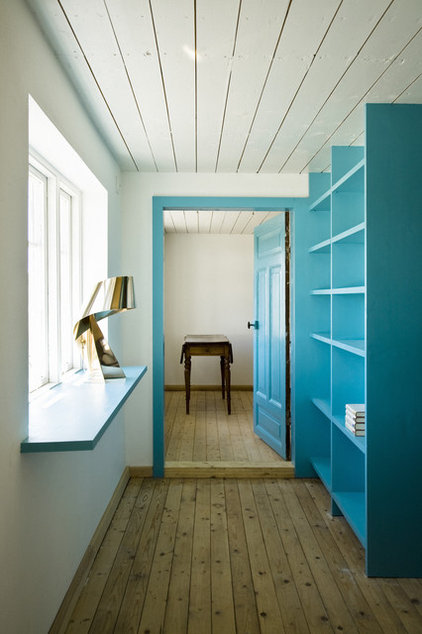
Generally, a prospective pro will pay a site visit in order to learn more about your needs and work up an estimate. You want to find a painter who falls in step with your budget, suits your style and has experience with the types of surfaces you need painted, especially if you’re considering special finishes. Once you’ve narrowed down your list to a few likely candidates, ask for references and check them.
Request samples. Once you’ve settled on a painter, it’s time to pin down the paint. Again, the only way you’ll know if you really like a given color is to try it out in your target space. Ask the pro to provide sample boards or small pots of paint that you can dab onto the walls.
Be specific about brands. If you want a certain brand of paint used, be sure the painter is aware (ideally, you’d put it in writing). Otherwise, he or she might take the liberty of choosing a different variety to stay within budget or compensate for your choice’s lack of availability.
Clear out the room before painting begins.If an item can be moved, move it — this will make the painter’s job easier and ensure that paint doesn’t get dripped on your prized porcelain lamps. Large or fixed objects, such as chandeliers or sofas, can be covered with drop cloths or plastic sheeting. Don’t use bedsheets; paint will soak right through them.
Be sure that the painting crew cleans up thoroughly. At the end of the job, keep an eye out for drips and spills, debris or other things that may need to be remedied.
Agree on follow-up maintenance. Most painters will fix chips, flakes, blisters and other flaws that appear within a specified time period after the painting is done. The paint you choose might come with a warranty as well, but remember that it won’t cover the cost of labor.
Green and Clean: Ecofriendly Bath Countertops
Today’s green bathroom countertop options represent a trifecta of style, affordability and hygiene
For countertops subjected to splashes and steamy shower moisture, durability is the name of the game — and recycled content adds to their green credibility. Thankfully, neither of these features mean having to compromise on looks. Whether your taste runs toward sophisticated or sassy, modern or traditional, there’s a sustainable countertop for your bath.
Vetrazzo. Made of 100 percent recycled glass with a binder of cement, additives, pigments, big and bright chunks of glass, and other recycled materials, Vetrazzo is no shrinking violet. Fun options abound, including ‘Alehouse Amber’ made of recycled beer bottles and ‘Cobalt Skyy’ made of recycled Skyy® Vodka bottles. As with any cement-based counter, it’s porous, so you’ll want to follow the manufacturer’s recommendations for ongoing sealing.
Heavy cement-based slabs such as Vetrazzo can consume a lot of transportation-related energy, so it’s worth being aware of where the product is manufactured. Vetrazzo is fabricated in Georgia.
Cost: $100 to $160 per square foot installed
IceStone. Countertops made of recycled glass with cement vary greatly in appearance. IceStone, manufactured in Brooklyn, New York, has smaller glass particles than Vetrazzo and provides a more subtle and refined character. It too boasts 100 percent recycled glass, to which only cement and pigment are added.
IceStone has earned one of my favorite certifications, Cradle to Cradle, due in part to its reutilization potential. Cradle to Cradle’s industry-independent approval is given to products that are safe for both people and the planet, and are also designed for a long life cycle.
Cost: $40 to $54 per square foot for the material only
FUEZ. Manufactured at a wind-powered facility in Portland, Oregon, FUEZ is a mix of low-carbon cement, 100 percent recycled glass and natural aggregate. The company’s products offer an unusually broad range of aesthetics, thanks to four different product lines featuring either large or small glass chips, stone or a monolithic colored cement. With 50 different products and options for customization, you’re sure to find a countertop that matches your style.
Cost: $20 to $50 per square foot for the material only
Bio-Glass. Bio-Glass, made of 100 percent recycled glass, achieves Cradle to Cradle certification and has an ethereal, translucent appearance. A simple but thoughtful application of Bio-Glass elevates this bathroom with its showstopping glow. Beyond beauty, glass is nonporous, so the countertop is more hygienic and needs no ongoing sealing and maintenance.
Cost: $85 to $115 per square foot for the material only
ThinkGlass. Our Canadian friends are behind the lovely and luminous ThinkGlass, an all-glass countertop made in part of recycled glass. In addition to ThinkGlass’ recycled content, the company works hard to green the production line, such as using rainwater to operate their glass cutting equipment.
Cost: $200 to $400 per square foot for the material only
ECO by Cosentino. ECO, made by the same folks behind Silestone, is the go-to for sustainable solid surface countertops. Most solid surface countertops use a petroleum-based binder, whereas ECO has replaced that binder with a corn oil-based product. And the remainder of their makeup includes 75 percent recycled content from postindustrial and postconsumer sources: porcelain, mirrors, glass, stone and crystallized ash.
Once installed, ECO’s kindness continues with a nonporous surface that’s hygienic and requires less maintenance over time. And with certification from both Cradle to Cradle and GreenGuard, which certifies building products for low chemical emissions, you can be sure that ECO is the real green deal.
Cost: $68 to $118 per square foot installed
3-Form. My stash of 3-Form’s samples, with countless colors, finishes and patterns, is a toy box for design-minded grownups. Their recycled-content, resin-based products are all PVC free, and GreenGuard has certified the Varia EcoResin, Chroma, 100 Percent and Alabaster lines. The company walks their green talk by working toward zero waste and being carbon neutral.
Cost: $28 to $105 per square foot for the material only
Squak Mountain Stone.Squak Mountain‘s countertop replicates the warmth and natural irregularities of stone with a matrix of recycled paper, glass and cement. This is a stout and durable countertop; however, as with concrete, it is susceptible to staining and etching. Either use extra care or embrace the patina.
Cost: $30 to $40 per square foot for the material only
The Residential Marketing Shift 2012 [VIDEO]
[pb_vidembed title=”” caption=”” url=”http://www.youtube.com/watch?v=oktBZVIeGhA” type=”yt” w=”600″ h=”338″]
How technology and buyer behavior has impacted how we market real estate.
SEAFAIR: Carnival of summer in Seattle
Amazingly Low-Maintenance Picks for Outdoor Planters
 Turn to succulents, cacti and ornamental grasses to keep your summer watering and care to a minimum
Turn to succulents, cacti and ornamental grasses to keep your summer watering and care to a minimum
Between the scorching summer sun and extended vacations, it’s probably not a surprise when your outdoor plants start looking like they need a little love. Instead of paying the neighbor kids to keep your vegetation hydrated every time you hit the beach, rethink your landscape scheme to require less maintenance and be more sun tolerant and more in line with your carefree summer attitude.
The right plant picks can stand extended sunlight and a little neglect. Now you can save your plant guilt for ice cream!
by debora carl landscape design
For extra-hot outdoor conditions, extended vacations or people who just can’t seem to keep a plant alive, succulents are a fantastic choice. Most survive quite well in full sun and require at least one to two hours per day of full sun. For larger planters or spaces that call for a taller plant, consider using American aloe or Parry Agave.
Aloe, scilla, gasteria and haworthia are a few examples of succulents that thrive in the hot, bright summer sun. If you’re looking to increase the beauty of your outdoor scape, consider planting flowering Autumn Joy — which not only is pretty in its own right but also attracts butterflies.
by Kate Michels Landscape Designer
Succulents tend to need less water than most other outdoor plants. But be wary when using terra-cotta pots — they tend to dry out most quickly. To see if your plants need to be watered, place your finger a centimeter or two below the soil. If it’s moist, no water is needed.
More fuss-free ways to garden
by Sandy Koepke
Remember, many succulents thrive on neglect. Always err on the side of underwatering, not overwatering. If they look a little limp, then it’s time to water.
Note: Some succulents are frost tender and may need a cover in cold weather.
If you’re really worried about your outdoor plants, a crate like this one does double duty. It looks great hanging on your wall, and you can always pull it down and take it with you. For succulents that do double duty, consider planting edible succulents.Yuccas, aloe vera, prickly pear and night-blooming cereus are all tasty varieties.
by usona
If succulents aren’t your thing, many green shrubs make for clean, easy-to-maintain outdoor planters. Boxwoods, for example, require afternoon shade and need to be pruned but require watering only every seven to 10 days — more often if you’re having a scorcher.
Ornamental grasses are another good low-maintenance option for outdoor planters. They need to be cut back only once a year in the spring and, after the first year of growth, require very little water. They tend to thrive in areas of full sunlight.
An outdoor scape like this one, where plants are divided into separate pots, is easy to maintain. When one plant begins to look a little wilty or in need of replacing, it’s no problem to simply remove one without disturbing the others.
Topiaries are a simple way to keep your outdoor planters looking fresh. For a burst of energy during parties or special events, a brightly colored perennial around the base adds pizazz.
by VivaTerra
Stanley Cup Summed Up [Video]
20,000-Brick LEGO Staircase in Upscale Manhattan Condo
 White walls, walnut accents, a touch of marble … and a huge LEGO staircase? Not every client wants that kind of crafty element in their other-wise elegant home, but for anyone who does: there are only two licensed LEGO artists in the city to choose from (perhaps the exclusivity was part of the appeal).
White walls, walnut accents, a touch of marble … and a huge LEGO staircase? Not every client wants that kind of crafty element in their other-wise elegant home, but for anyone who does: there are only two licensed LEGO artists in the city to choose from (perhaps the exclusivity was part of the appeal).
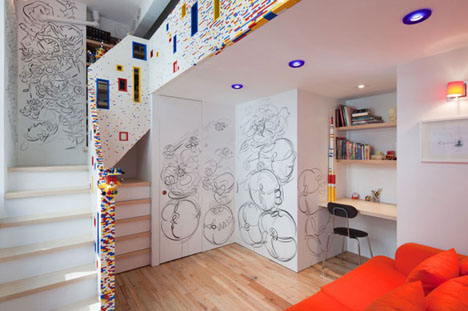
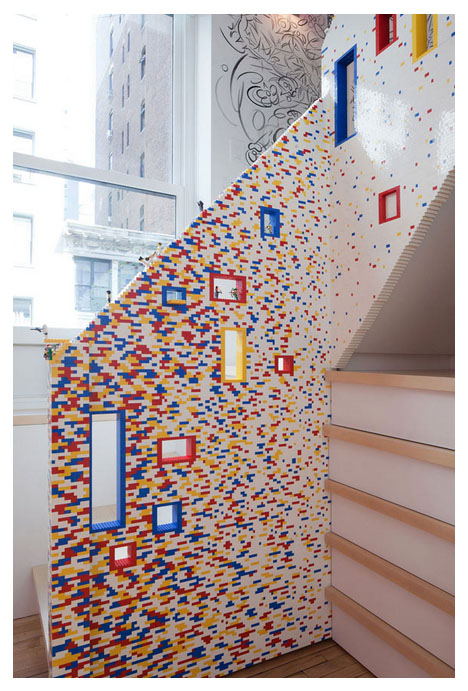
I-Beam Architecture And Design collaborated with their clients to make their space not only nice but also personalized, creative and unique, through drawings, sculptures and colorful toys layered on top of the more conventional core design.
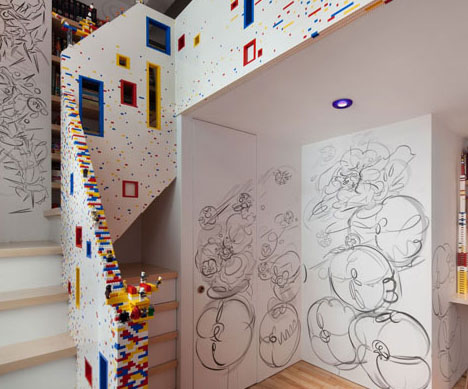
Aside from LEGOs, the designers worked to tie in splashes of color via accents, accessories, furnishings and fixtures throughout the abode.
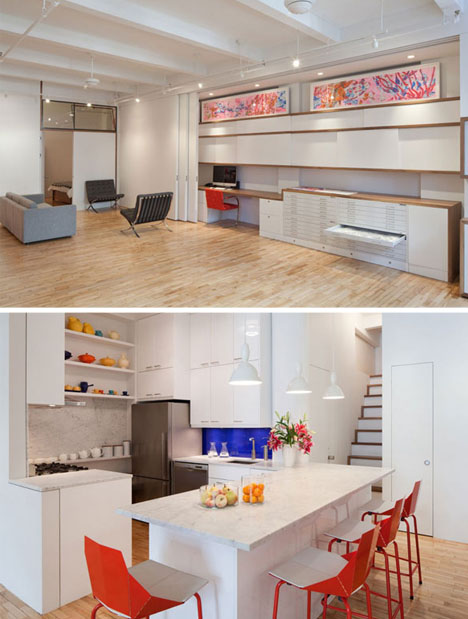
“The architects and owners worked together to develop a plan that would remain open while creating order amongst a variety of domestic and professional activities. A series of sliding walls each weighing over 500 lbs serve as alternating studio and exhibition walls that reveal or conceal different areas (studio, office and living room) according to the time of day and who is using the space.”
How irrigation systems work [video]
Rain Bird Corporation explains the basics of the irrigation system common in many household landscapes. Homeowners will gain a new appreciation for their automatic sprinklers when they understand how and why these contraptions spray water, keeping the lawn and plants green through the dry season.
